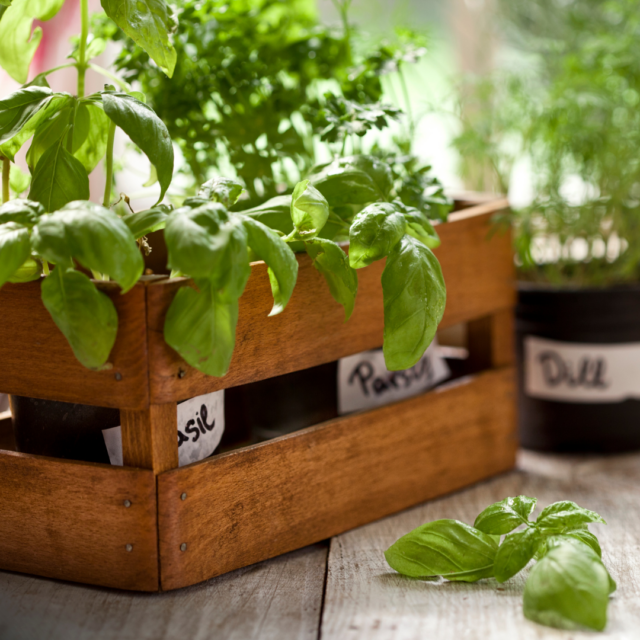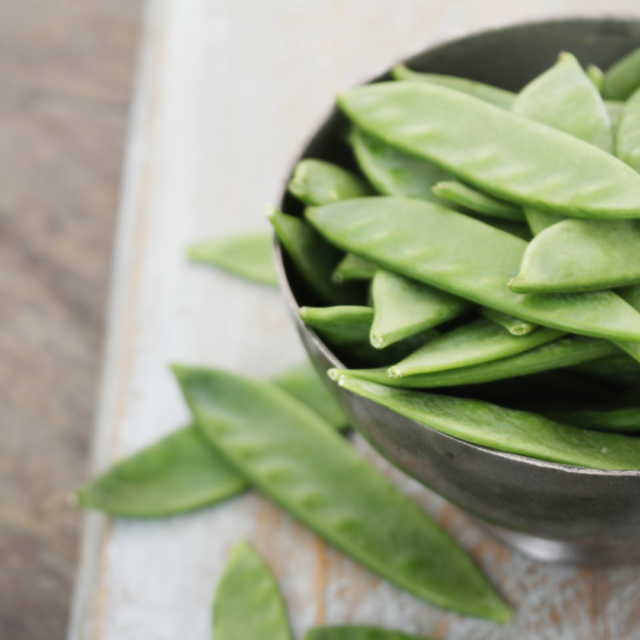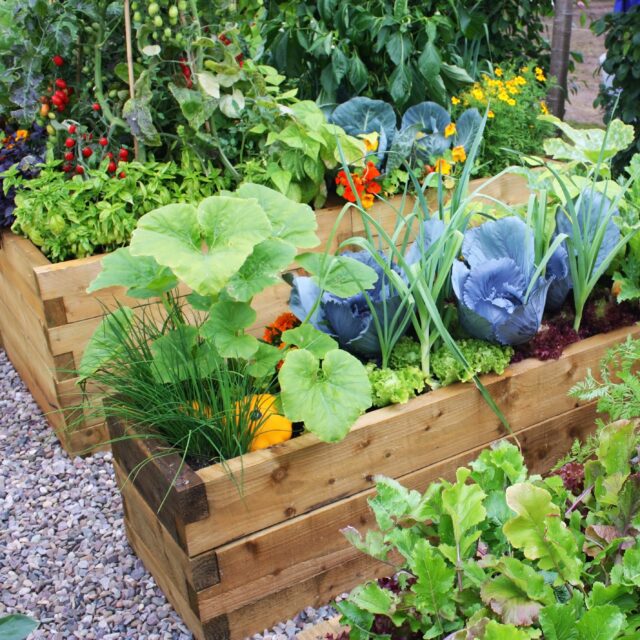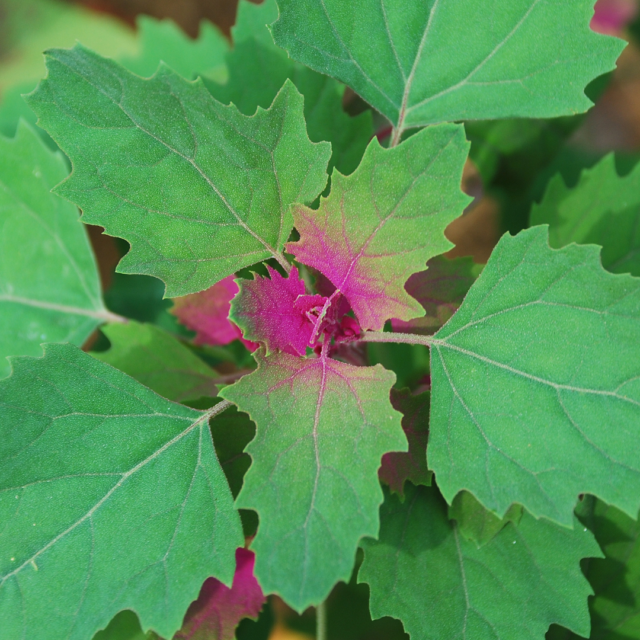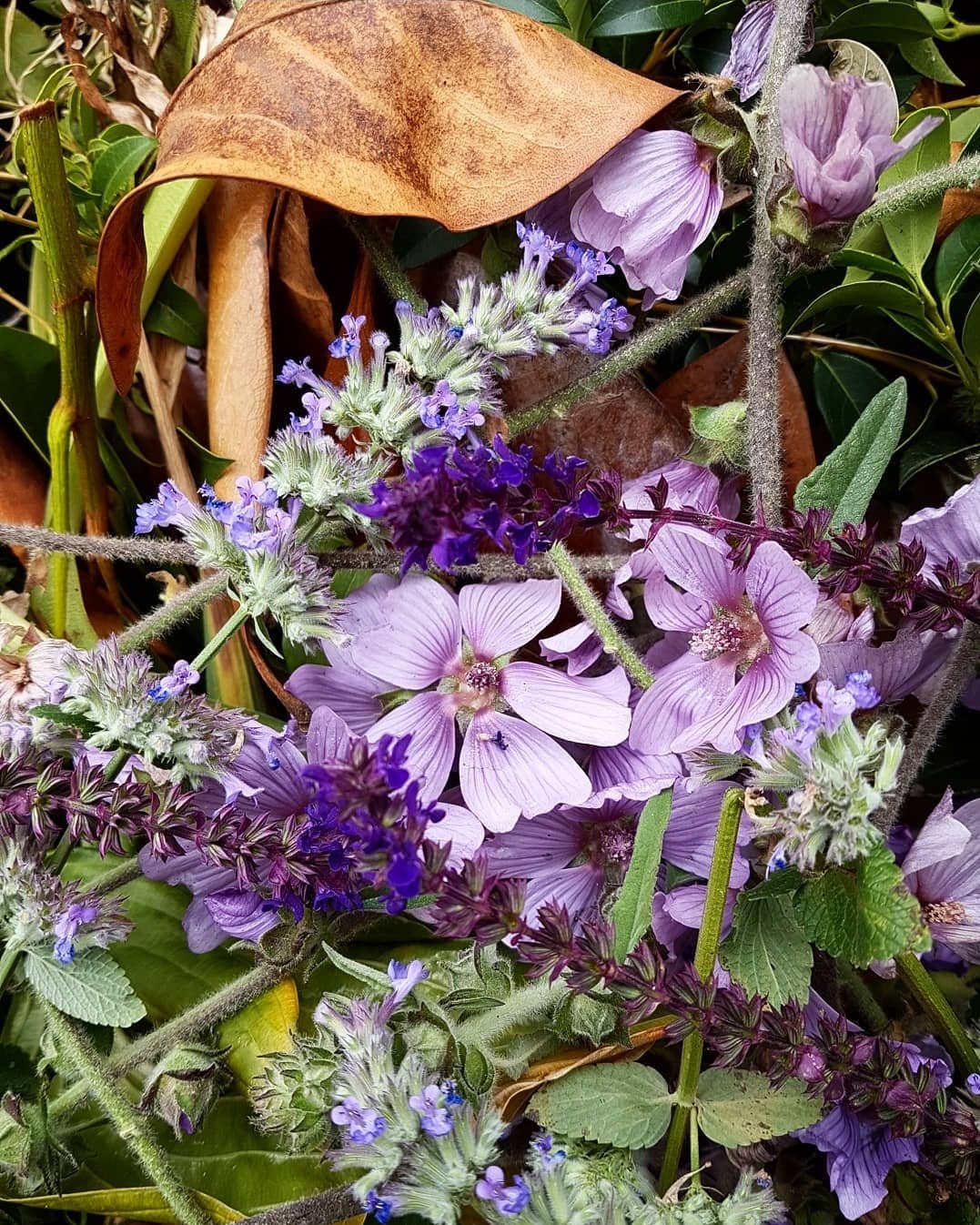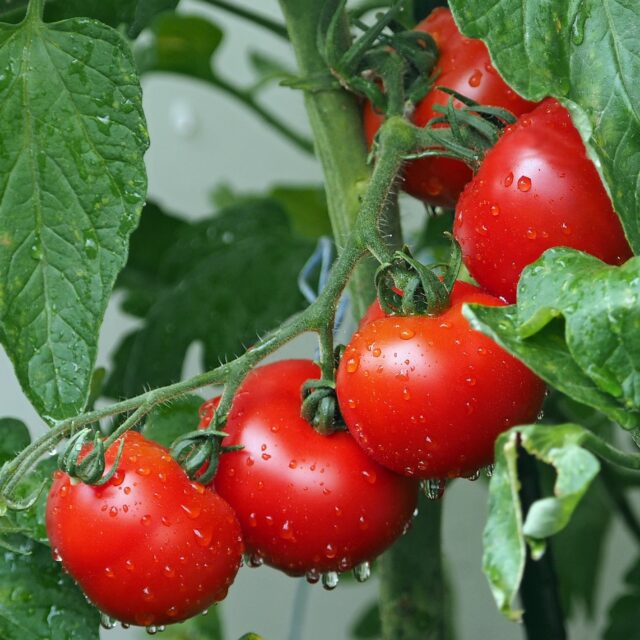Autumn work in the garden is one of our favourite things to do. It gives you time and space to see what worked well, what didn’t work quite so well, and what was a disaster! Taking pictures throughout the summer and into autumn is a great idea, then you can remember what popped up where, and if there is space for more plants (always the dream).
Cutting back and tidying herbaceous perennials gives immediate impact and will help improve flowering for next year.
Here is a ‘how to’ for help.
When to cut back and what should you be cutting back:
- Cutting back herbaceous perennials can be done after flowering, when the plants have lost their vigour and the leaves have started to die back.
- You can wait to cut back some stems and seed heads till spring – this provides some winter interest in the garden and can provide food and habitat for wildlife.
- This task is suitable for herbs such as Oregano, Lemon Balm, Marjoram and Thyme, and any perennial flowers you might have in or around the veg patch. We have lots of Yarrow, Scabious, Aster, Chamomile, hardy Geraniums and Ox Eye Daisies dotted around to attract pollintors (and because they are beautiful) – all of which benefit from a cut back.
Why to cut back:
- Dying stems can damage the crown and roots if battered about by autumn and winter gales, so they will benefit from being cut right back
- Diseases can overwinter in dead and rotting foliage, which can also harbour fungus, slugs and other pests.
How to cut back
- Using a knife, shears or secateurs cut back the spent flowers stems. These hollow stems should be cut down to the ground at an angle to avoid water sitting on the cut which can causing rot.
- With clump forming perennials prune back all old foliage close to the crown, leaving any new green growth that is popping through.
- Separate and burn any diseased material (showing signs of leaf-spots, mildew and rusts, for example). Add all other material, excepting ripening seed heads, can be popped on the compost heap.
- After cutting back your plants in autumn, apply a light mulch around them. Then feed in spring for strong, healthy growth.
- Make sure pruning tools are clean and sharp. If you’re spending a lot of time pruning, then it’s advisable to stop and re-sharpen your tools.
Chop happy!
We hope you have found this helpful. Have you joined our email list yet? We send out occasional emails when we have exciting offers, and also to let you know when you can buy our lovely plants!
